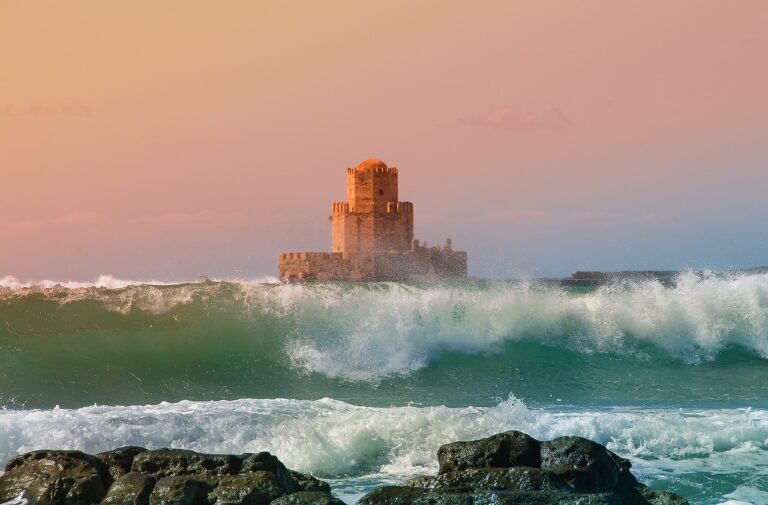Exploring Hidden Grottoes and Sea Caves
Exploring the depths of underwater caves unveils a mysterious and enchanting realm that captivates adventurers and researchers alike. These submerged passageways, carved out by the relentless force of waves over centuries, hold secrets waiting to be discovered by those brave enough to venture into their dark and twisting corridors. The intricate formations of stalactites and stalagmites decorate the cave walls, creating a breathtaking sight that showcases the raw beauty of nature’s artistic prowess.
Within these underwater caves, a delicate balance of marine life thrives in the dark and secluded environment. Species of fish, crustaceans, and algae have adapted to survive in the unique conditions of these hidden caves, creating a diverse ecosystem that relies on each other for sustenance and shelter. The echoing sound of water gently lapping against the cave walls provides a soothing backdrop to the vibrant colors and movements of the creatures that call this mysterious world their home.
The Formation of Hidden Grottoes
Hidden grottoes, also known as sea caves, are formed through a combination of geological processes that unfold over hundreds of thousands of years. The primary mechanism behind their creation is the erosive power of ocean waves, which continuously batter against coastal rock formations, gradually wearing them down and carving out intricate cave systems along the coastline.
Additionally, the dissolution of soluble rock, such as limestone, under the relentless force of seawater plays a pivotal role in the formation of these hidden grottoes. As acidic water interacts with the rock over time, it slowly erodes the material, creating intricate passageways and chambers beneath the surface of the sea. The gradual expansion of these caves occurs millimeter by millimeter, eventually resulting in the magnificent hidden grottoes that captivate explorers and researchers alike.
The Diversity of Marine Life in Sea Caves
Sea caves are abundant with a plethora of marine life species, each adapted to thrive in this unique underwater environment. From brightly colored coral reefs to schools of vibrant fish darting in and out of crevices, the diversity of life in sea caves never fails to captivate explorers and researchers alike. The rocky walls and dark recesses of these caves provide the perfect habitat for various organisms to flourish and create a complex ecosystem that is both delicate and resilient.
One of the most intriguing aspects of marine life in sea caves is the symbiotic relationships that exist among different species. For instance, cleaner fish play a crucial role in maintaining the health of larger fish by feeding off parasites and dead skin. Similarly, tiny shrimp can often be found in crevices, working in harmony with sea anemones for mutual benefit. These intricate connections within the marine community underscore the interconnectedness and interdependence of life forms within sea caves.





